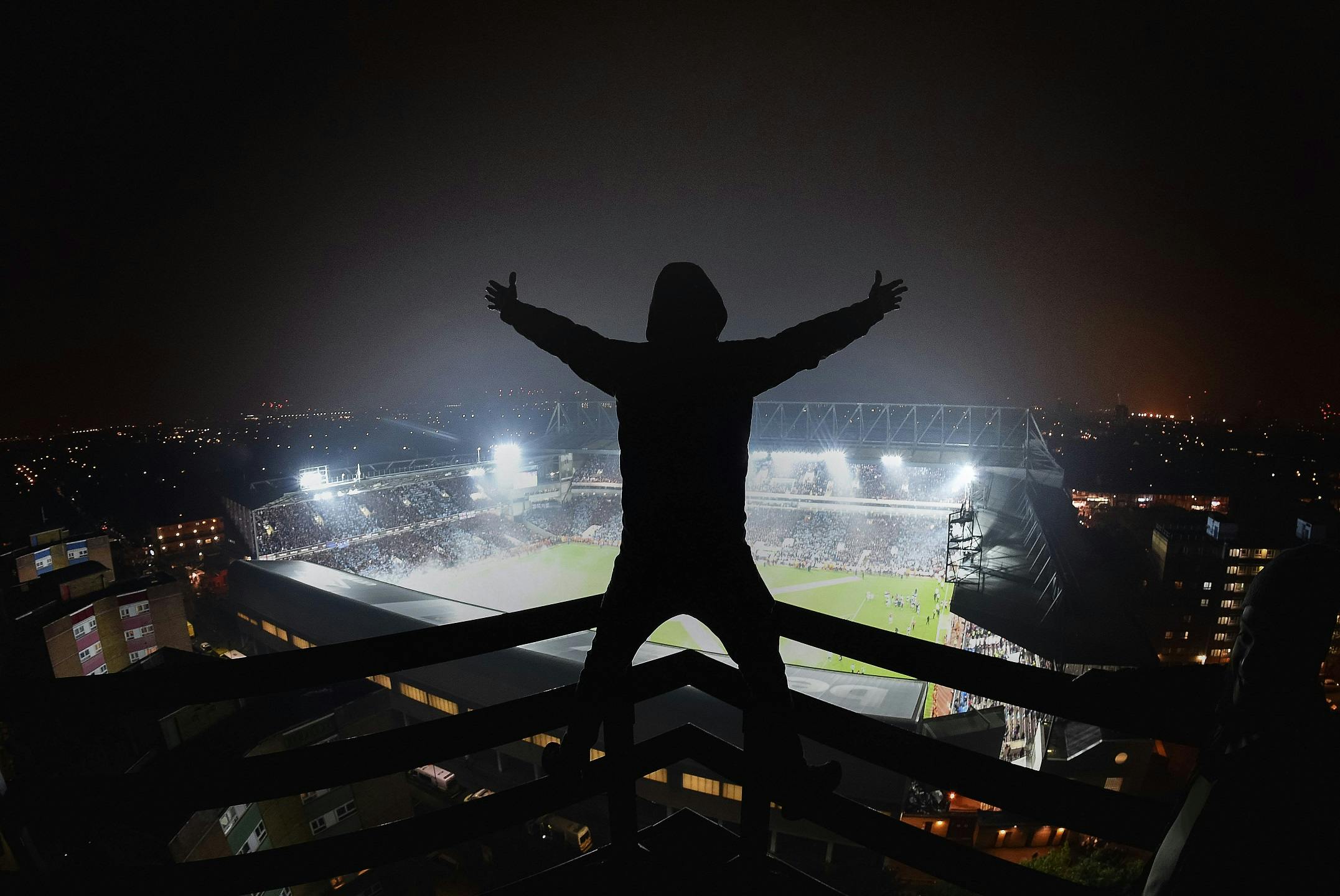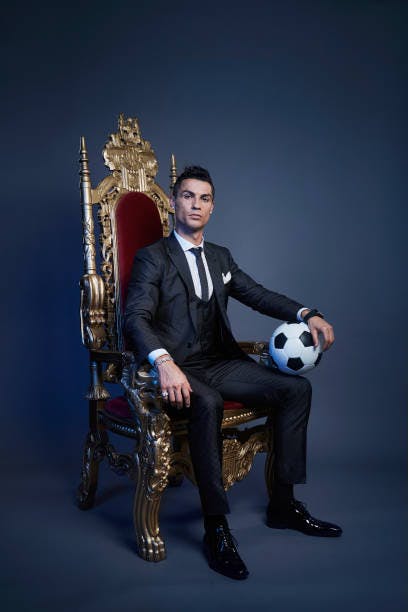In an age when video is omnipresent, it may come as something of a surprise to learn the art of sports photography is not simply alive but well and truly kicking, and playing an enhanced role in sport’s commercial ecosystem.
In fact, says Getty Images’ senior football photographer Michael Regan, “still photography has never been more important”.
Regan, who started his career with a photographic agency in his home town of Leicester, has been with Getty Images 10 years, during which time he has covered thousands of games across the world for clients including Fifa, Uefa, the Football Association and its England teams and the Premier League.
His portfolio is a joy for any football lover, from the director’s box to the cheap seats. His ability to capture moments that tell a story, to crystallise the drama of a split-second’s action and to convey the personalities and emotion of the sport’s major characters have won him admirers wherever the game is followed.
During his career he has seen massive changes in the world of sports photography. Technology has changed, cameras themselves have changed, and so has the speed with which images can be delivered to end users. That, in turn, has created new demand for the output and new relationships with stakeholders, including players and athletes themselves.
“People are more receptive to photography than ever,” Regan says.
“There was a time in football when the industry seemed to want photographers to back away. But times have changed, and social media has been one of the driving forces. It has contributed to a greater demand for photography than ever before because rights-holders have come to realise the value of their photographic archives while every player has their own social media channel and wants great images for it.
“Today photographers are not simply shooting to capture an image for the next day’s papers. We are photographing to create assets that can be monetised.
“Professional photography will always stand out. Nothing gets a story out there quicker or more effectively than a good picture. It freezes time and the very simplicity of a still picture somehow makes it more compelling,” he says.
The job itself has also changed.
“It’s no longer about going to a game and getting the single best shot for tomorrow’s papers. The demand from clients means that it’s about the best shot from the last three minutes,” Regan explains.

“I am not just covering the match but the entire event. I’m on the look out for interesting shots in and around the stadium ahead of kick-off and they appear as part of the build-up coverage on media websites around the world.
“We are shooting and transmitting pictures that feed the appetite created by constantly updated match coverage on media, club and league websites as well as social media channels. The entire business has changed. Technology has meant that pictures have a shorter lifespan than ever before.”
While providing photography for media organisations still accounts for around 35 per cent of Getty Images’ revenues from sport, the client-focused side of the business continues to develop quickly and has grown ten-fold in the past decade.
The company employs some 120 sports photographers worldwide and roughly the same number of freelances. In addition to Fifa, Uefa and the Premier League it lists the International Olympic Committee and the NBA among its high-profile clients.
“Over last 10 or 15 years, rights-holders have realised they need a legacy of content. In 30- or 40-years’ time they will have high-quality content usable across all formats that can be passed on to their sponsors, partners and licensees. It gives them more of an asset,” Regan explains.
“The content we shoot works for editorial use as well of course. We are putting it on our platforms and generating revenue which comes back to the rights-holders.”
But in a changed environment, the brief from many rights-holders has been extended. For example, Getty creates the photographic record of every player in the Premier League in home and away colours ahead of every season, shots which will be used by broadcasters, media and Panini stickers.
That might seem like fairly mundane work, but Regan and his colleagues have seized on the limited time with the players to develop new ways of capturing their personalities.

“We did player shots for Fifa ahead of the World Cup in Russia and decided we had to make the best use of the players time and encourage them to express themselves. They were brilliant and we had them in some fantastic poses which said something about them as individuals. Cristiano Ronaldo even broke through a background screen for the shot with us.
The players like doing it and they love the shots for their social media output.
“Football has led the way in this respect, but now other rights-holders are seeing what has been achieved and are going the same way,” he says.
Sponsors too are increasingly appreciating the power of photography in new ways. “It used to be that they just wanted a shot of their board during a game but now it’s about the whole event and capturing it for social media,” Regan explains.